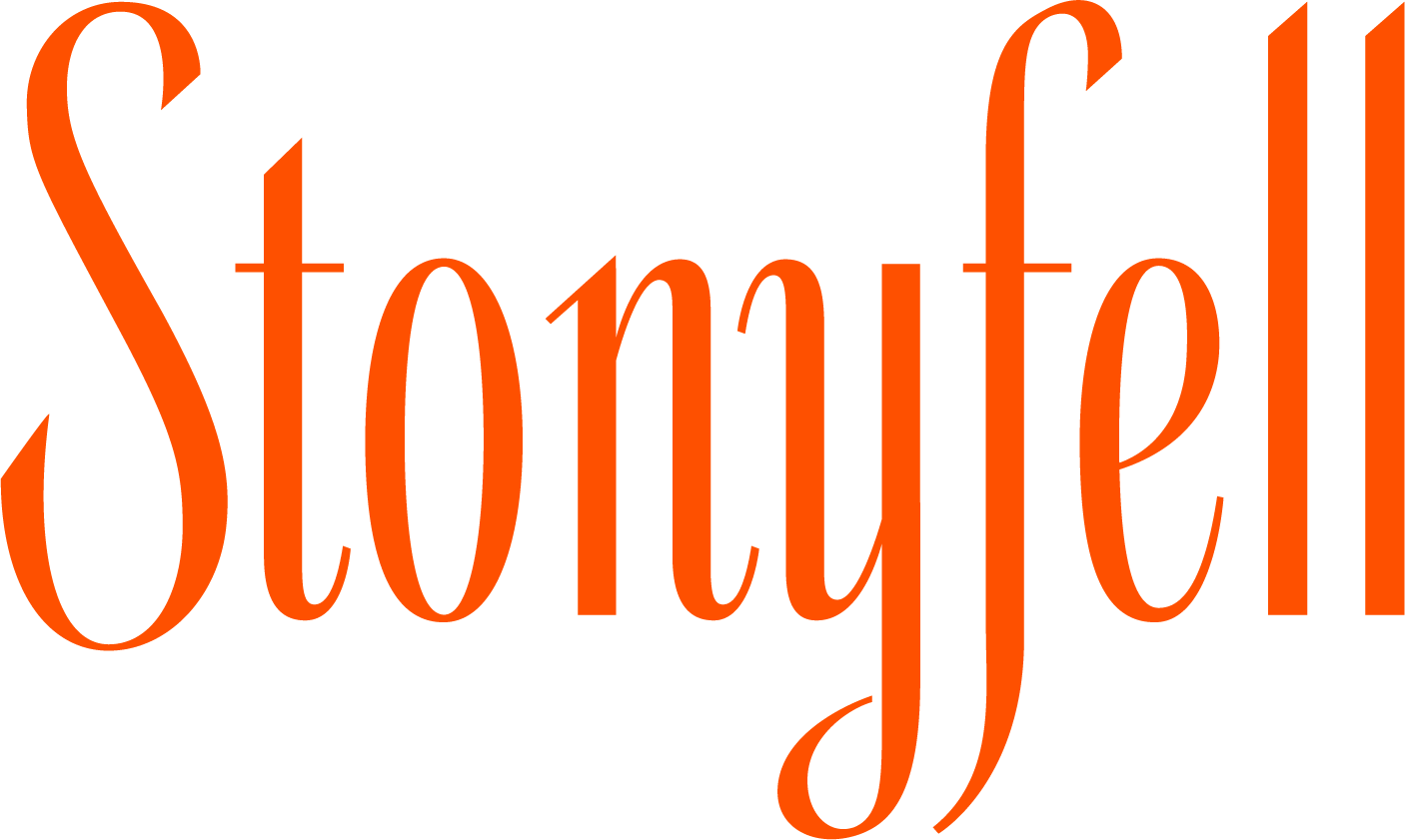THE STONYFELL STORY
We are honoured to be the custodians of this iconic South Australian heritage brand. And it is with both respect and excitement that we see Stonyfell into a bold future.
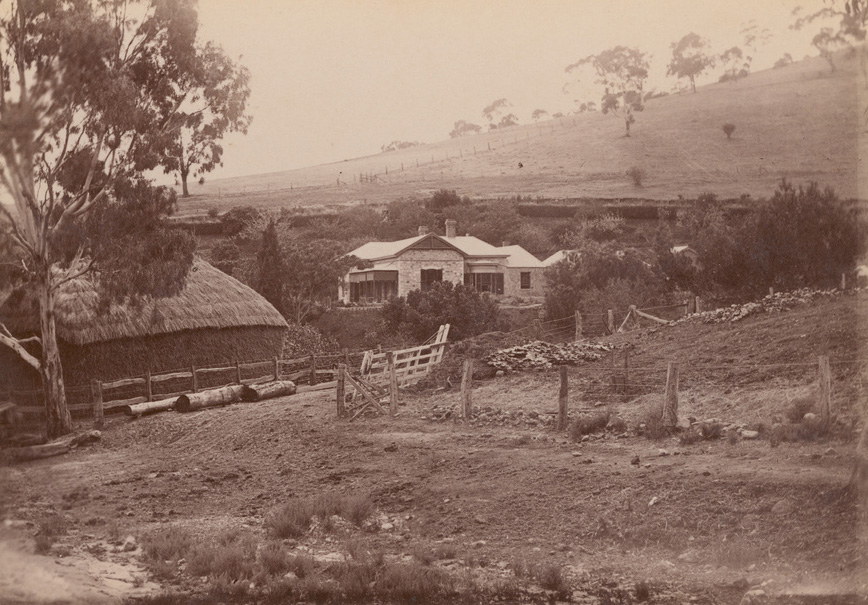
1853
—
Henry Clark established his garden in Hazelwood, South Australia. Here, he grew olives, oranges, almonds, and grapes, as well as his winemaking dreams.
Image: State Library of South Australia — PRG-331-10-3, View of Stonyfell House, taken from the south side, March 1884.
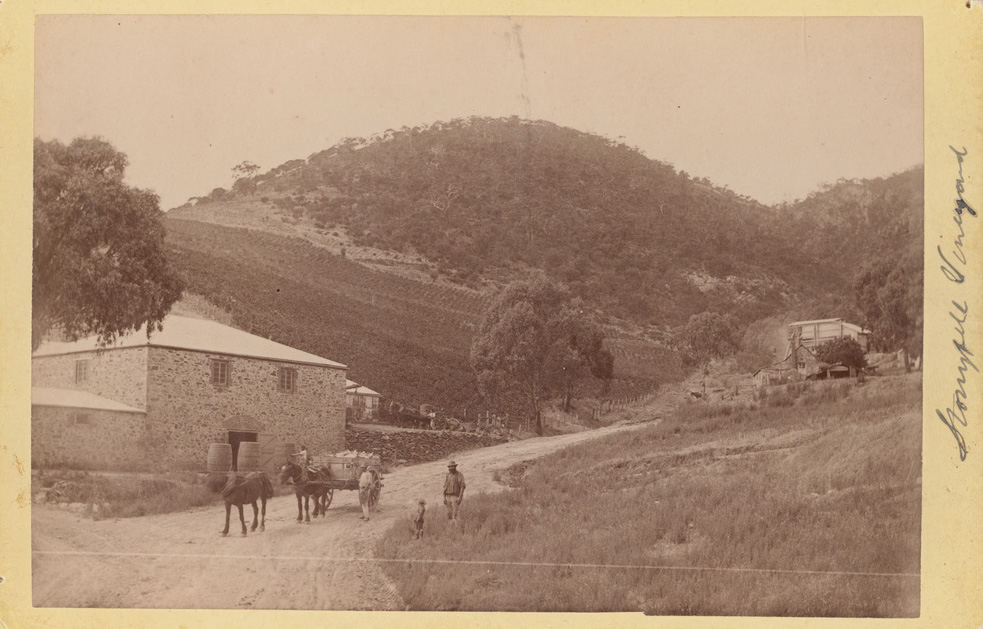
1858
—
Henry purchased land east of Adelaide, planted vines, and established a vineyard that Henry’s fiancee, Annie Martin, named “Stonyfell”, inspired by the slopes that resembled barren English fells.
Image: State Library of South Australia – PRG-331-10-4, Hill planted with vines and horses and cart in front of stone building. The quarry buildings are in the background, March 1884.
BUILDING COMMUNITY
—
Stone from the original Stonyfell Vineyard site was used to build much of Adelaide—creating a solid foundation for the city’s future.
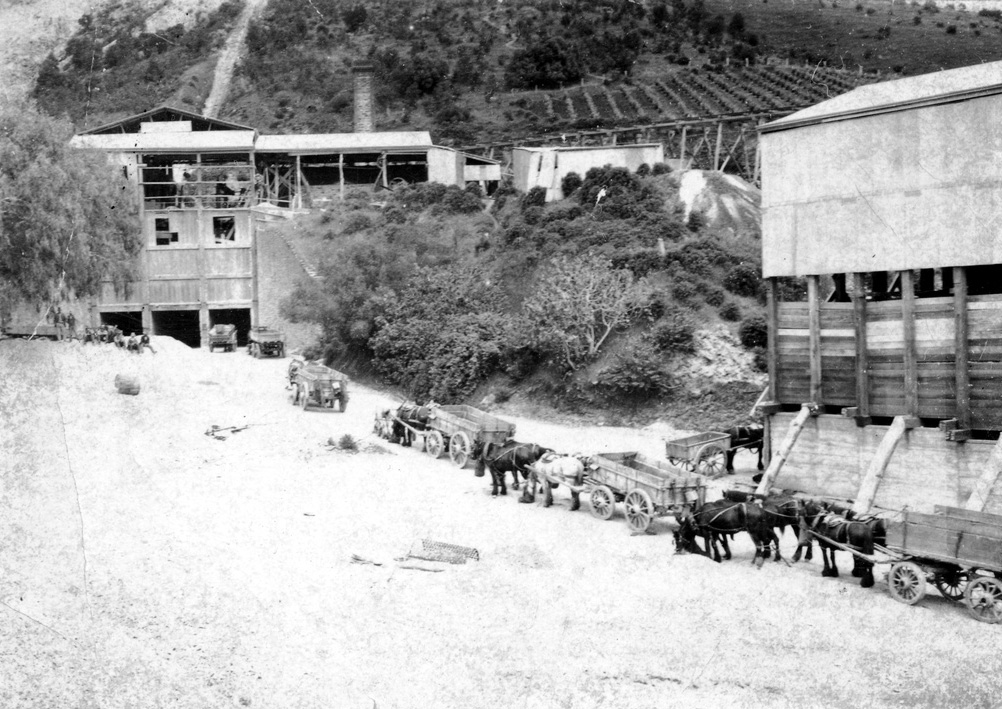
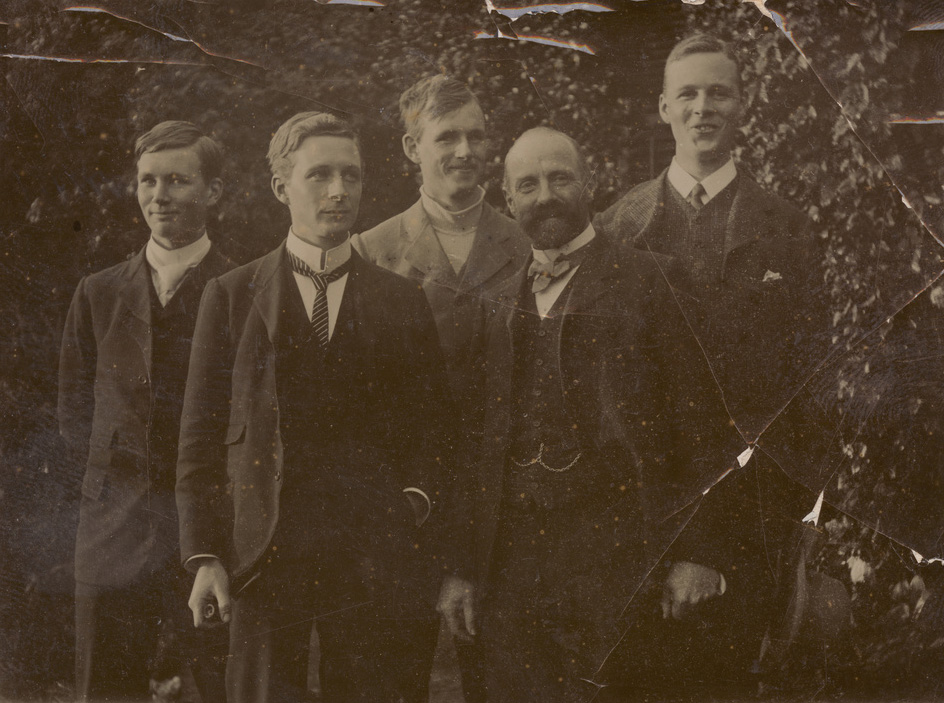
1862
—
Henry partnered with Joseph Crompton and Algernon Sidney Clark. Annie’s brother, Henry “Harry” Martin, then joined the Stonyfell business as secretary and accountant. In 1864, Henry Clark passed away from tuberculosis on his wedding day. Joseph Crompton became sole owner in 1873, expanding operations by buying grapes from other growers.
Image: State Library of South Australia – PRG-331-10-10, Joseph Crompton and four of his five sons, Approximately 1900.
FAMILY LEGACY
—
Stonyfell represents an enduring family legacy. One of daring to dream, perseverance, resilience and unwavering dedication through times of great adversity and loss.

1884
—
Financial struggles during the Great Depression led to the Bank of Adelaide taking ownership of the Stonyfell brand and vineyard. Eventually, Henry Dunstan acquired the property. Harry Martin remained involved, and in 1902, along with his son Ronald, leased the vineyards and cellars, paving the way for the family to reclaim ownership in years to come.
Image: State Library of South Australia – B74105, Distant view of the stone quarry and wine cellars from the Stonyfell top paddock, 1913.
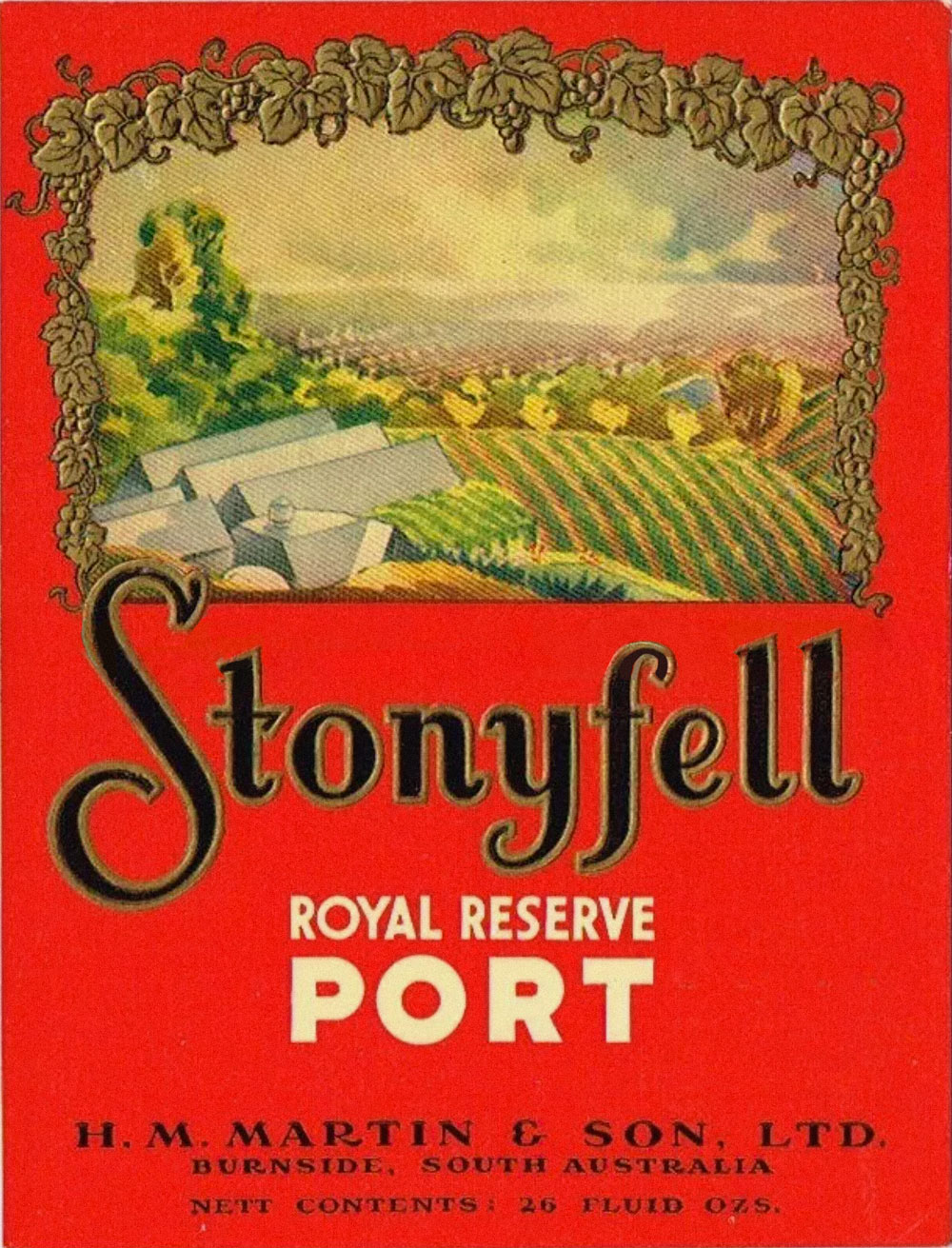
1934
—
Henry Martin and his son Ronald returned Stonyfell Vineyard to family hands. They sourced fruit from their own vineyards, Metala in Langhorne Creek and W. Salter in Angaston. Together with artist Wytt Morro, they pioneered colour-coded labels in Australia.
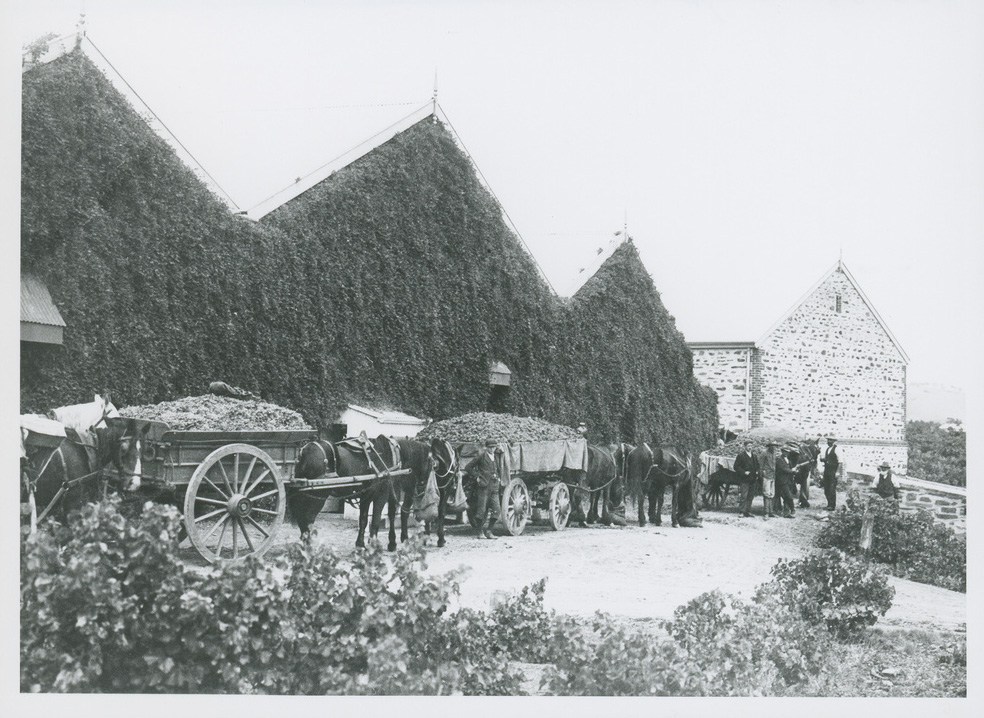
1949
—
Ronald’s son, also a Henry, became director after Ronald died in a car accident. Stonyfell continued to gain acclaim as one of Australia’s premium wineries.
Image: State Library of South Australia – B-22705, Stonyfell vineyards – horsedrawn carts bringing the grapes for crushing, Approximately 1920.
PIONEERING TABLE WINE
—
Stonyfell played a pivotal role in pioneering table wine (particularly the iconic Australian Shiraz Cabernet blend) and raising its popularity under legendary winemakers Brian Dolan and Peter Lehmann—By no means an easy feat at a time when fortifieds were prolific, dominating consumption and consumer tastes.
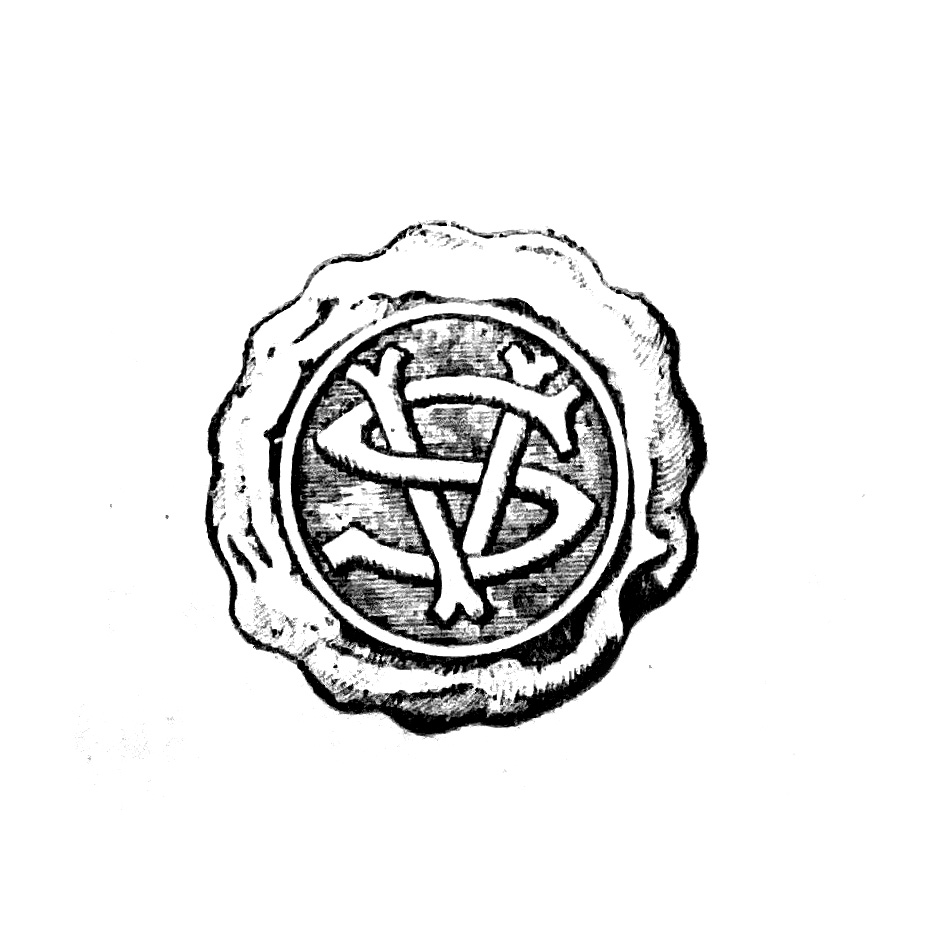
1961
—
Stonyfell earned further recognition by winning the very first Jimmy Watson Trophy for its Metala Claret Type cabernet sauvignon/shiraz 1961 vintage.
SETTING NEW STANDARDS
—
Winning the first Jimmy Watson trophy was significant not only to Stonyfell but also to the greater wine industry—benchmarking excellence, quality and craftsmanship.
1972
—
The Stonyfell brand was sold to Dalgety Wine Estates due to mounting financial pressures. During the 1970s, with Dalgety’s resources, the Stonyfell brand continued to grow and maintain its reputation for quality.
1980–2010
—
Ownership of the Stonyfell brand passed through several hands, reflecting the financial climate and consolidation trends sweeping through the broader wine industry at the time. During this period, the Stonyfell name became less prominent in Australian wine vernacular, and the brand’s once-rich reputation appeared to wane.
2011
—
Pinnacle Drinks took custodianship of the Stonyfell brand with the intent of reviving the much-loved South Australian heritage icon and seeing the brand embraced by a new generation of drinkers.
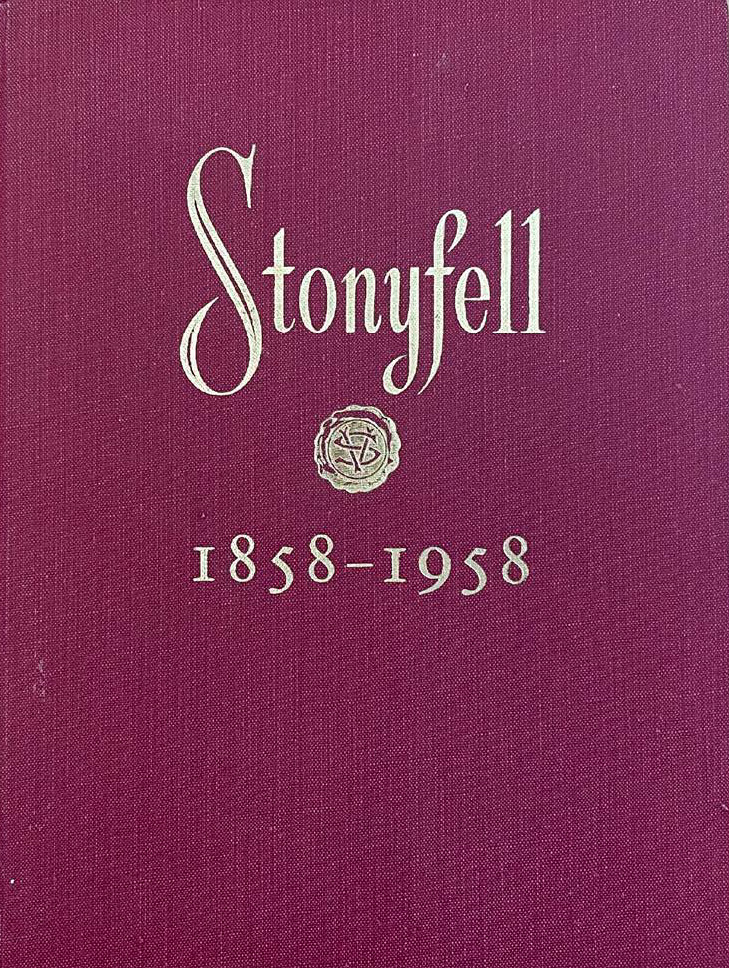
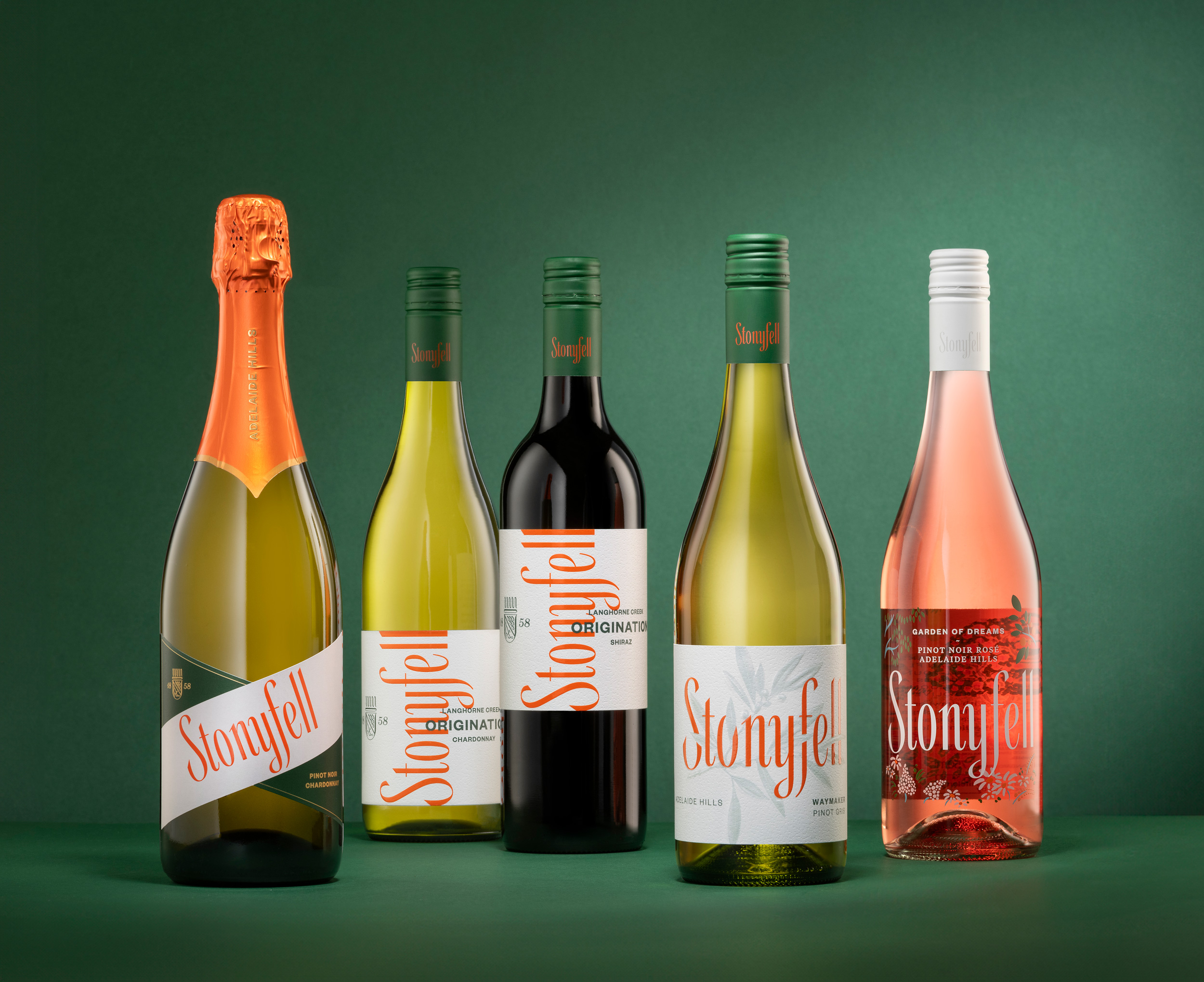
2024
—
Stonyfell is relaunched in the market with a new look honouring its proud past while embracing its intent to create a bold and enduring future.
The Stonyfell winery and vineyard are no longer in operation. However, public records show the original winery is now heritage-listed.
